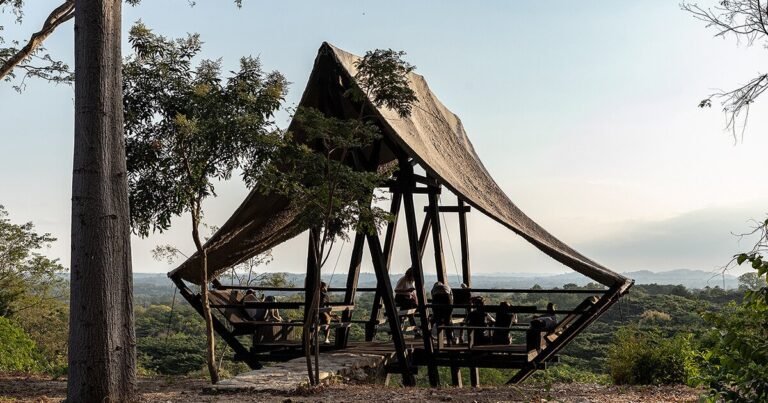Cloud House / Dean Dyson Architects
Cloud House / Dean Dyson Architects


Text description provided by the architects. The inspirations and key concepts for Cloud House primarily stemmed from two main sources – our clients’ desires for a sanctuary-like environment and our desire to create a home that draws inspiration from the inherent textures, forms, and colors found in nature to create the sanctuary. By combining these inspirations, we aimed to create a harmonious blend of form, function, and atmosphere, ultimately providing our clients with a home that embodies their vision of ultimate privacy, tranquility, and an inward connection with the natural world.


The project was faced with several challenges and setbacks due to its extremely narrow site and the presence of five-storey neighboring apartment buildings that overlooked the site. One of the primary design challenges was to create a sense of privacy within the limited space while maintaining an open and spacious feeling for the home. The proximity of the five-storey neighboring apartment buildings posed a challenge in terms of privacy. The homeowners desired a serene and private living environment, free from prying eyes. Hence, it was crucial to find a solution that allowed privacy without sacrificing the feeling of openness. The solid brick façade and large overhangs combined with strategic placement of tessellated openings responds carefully to achieve this.



We adopted a heavyweight masonry approach for the project for acoustic & thermal value and to harness the sense of seclusion and protectiveness. The principal material was a custom brick profile designed by Dean Dyson Architects to wrap the entire first floor with large, glazed openings screened behind. At ground level a more open architectural feel was adopted with large, glazed areas strategically directing views from inside the home to private external gardens.



The strategic placement of voids and curved surfaces played a pivotal role in breaking down the long linear nature of the floor plan. Carefully integrated throughout the floor plan, these voids and curves act as openings, allowing for the passage of views and light, thereby creating a seamless visual connection between different spaces on different levels. These design elements not only disrupt the linear nature of the floor plan but also promote exploration and movement, enticing inhabitants to navigate the home with fluidity and ease.








